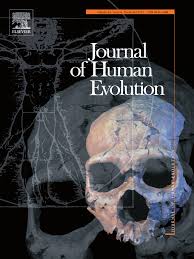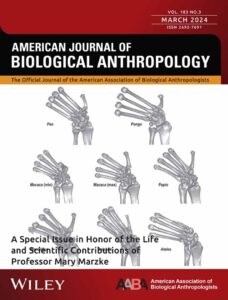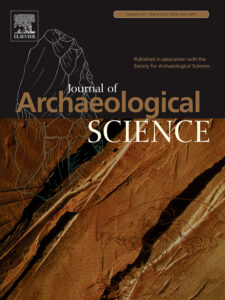The Carabelli trait is a small dental feature found on the lingual surface of deciduous and permanent maxillary molars. It is variably expressed, ranging from a small pit or furrow to a large cusp, and its development seems to be associated with crown size and molar cusp spatial configuration.

The degree of expression and frequency of this accessory trait in modern humans and in our extinct ancestors can vary within the same individual and across populations. However, the functional implications of having a large Carabelli trait remain unclear. The Palaeodiet Research Lab examined tooth macrowear of modern humans and extinct hominin species with the aim of reconstructing Carabelli occlusal dynamics occurring during chewing, that ultimately provides information about the functional role of this dental trait. We found that the presence of Carabelli trait in early and late hominins added more masticatory surface area, which may have helped in increasing the capacity to generate shearing stress during mastication. This is particularly important when processing foods with tough and fibrous textural properties, such as leaves and meat. Future biomechanical and microwear analyses could provide additional information on the mechanical and evolutionary adaptation of Carabelli trait.
You can find these articles following the links below:
The functional role of the Carabelli trait in early and late hominins
A functional analysis of Carabelli trait in Australian aboriginal dentition






